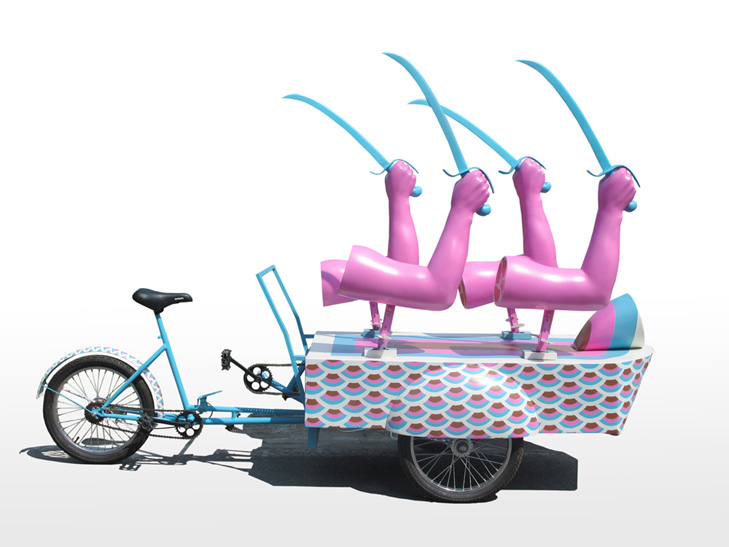Occupy 1
“Despite having sympathy for recent forms of protest like the indignados in Spain or the various forms of ‘Occupy’, there is a reason to be concerned about the type of anti-institutional strategy that they have adopted and that is inspired by the exodus model. … They … believe in the possibility for social movements, on their own, to bring about a new type of society where a ‘real’ democracy could exist without the need for the state or other forms of political institutions. Without any institutional relays, they will not be able to bring about any significant changes in the structures of power. Their protests against the neo-liberal order risk being soon forgotten. …
I find their slogan ‘We are the 99%’ rather unsatisfactory. It might be rousing, but it reveals a lack of awareness about the wide range of antagonisms existing in society and a rather naïve belief in the possibility of installing a consensual society, once the ‘bad’ 1% have been eliminated. …
Jason Hickel … says that Occupy’s structure of non-hierarchical, consensus-based participatory democracy takes the liberal ethic of celebrating diversity and tolerance to its extreme, and that this prevents them from apprehending the nature of power in capitalist societies and the fact of hegemony. Moreover, he sees an anti-political attitude and ‘the liberal ethic in full force’ in their refusal to organise around specific demands, so as not to alienate those who might disagree and discourage diversity. …
By mobilizing a binary rhetoric celebrating the virtues of the free market against the oppressive state, they [neo-liberal advocates] have been able to justify the primacy of the market and the commodification of all social realms, thereby establishing the bases of neo-liberal hegemony. …
Such a negative attitude with respect to the state is also found in some left radical sectors. This convergence can be explained by a shared belief in the availability of a self-regulating society beyond division and beyond hegemony. …
The “horizontalist’ protest movements … celebrate the ‘common’ over the market, but their rejection of the ‘public‘ and all the institutions linked to the state displays uncanny similarities with the neo-liberal attitude. …
The Occupy movement was almost non-existent in France .. In France … the belief in the power of politics to change things has not waned like in other European countries. …
it is high time to stop romanticizing spontaneism and horizontalism.”
aus: Chantal Mouffe: Agonistics. thinking the world politically. London/New York: Verso, 2013, S.77-127.
03/14
